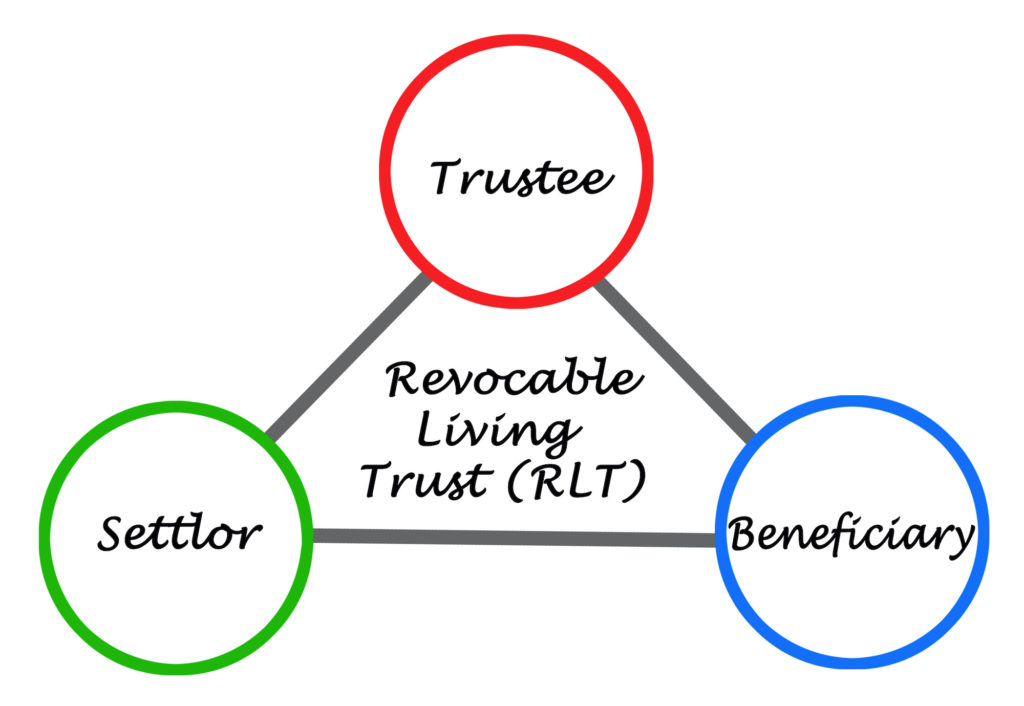Healthcare documents (such as a Medical POA, Advanced Directive or Living Will, and Health Insurance Portability and Accountability Act (HIPAA) authorization form) primarily focus on medical matters. However, they may also impact the financial matters handled by the successor trustee.
Unlike other estate planning options, an RLT grants the ability to maintain control and enjoy accounts and property during someone’s lifetime. What’s more, it maintains privacy relative to how to manage accounts and property.
Name someone to serve with you. This familiarizes your co-trustee with your trust. It also teaches your partner about the way you want the trust to operate. What’s more, it lets you evaluate your co-trustee’s abilities.
Busy as ever, many of us supervise kids (in-person or virtually), pursue new employment opportunities and/or adapting to new work environments. What’s more, most of us are adjusting savings and investment goals.
If you plan to refinance a property, call today so we can make sure that your lender, the title company, and you remain on the same page. What’s more, we want to ensure the property you refinance is titled correctly.
Part 1 of a 2-Part Series Low-interest rates led to record-breaking mortgage refinancing across the country. Millions of homeowners are scrambling to refinance their home loans before the end of the year. After all; even a few tenths of a percentage point of interest, paid monthly for 30 years, significantly reduces the amount of interest […]
Everyone eventually dies. To help you make things easier for your loved ones, please call our office to schedule a consultation with one of our experienced attorneys.
Chadwick Boseman died at the age of 43, after a four-year battle with colon cancer. Boseman kept his cancer diagnosis a secret for four years, working on projects such as the Black Panther in the Marvel Comics Avengerfilm franchise.
A financial advisor helps consumers think through long-term financial goals. For example, they may successfully eliminate debt, establish emergency funds, or set up a retirement account.
Exercise offers myriad health benefits. It helps prevent and/or manage health conditions such. These include diabetes, high blood pressure, arthritis, stroke, many types of cancer, and obesity.











